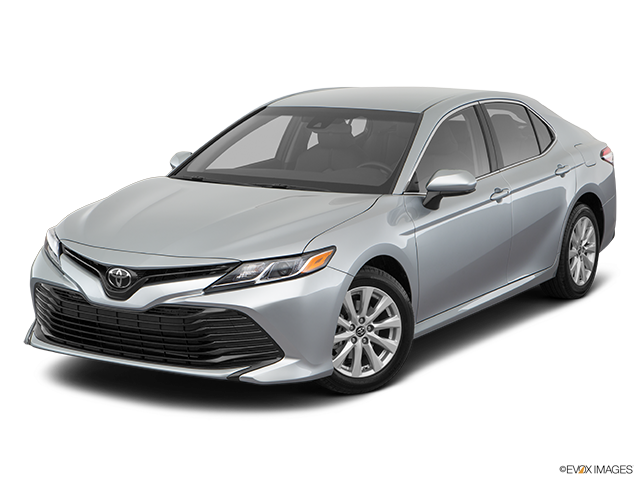
A rocker arm is a component of the valve train inside a four-cycle internal combustion engine, such as the one found in most cars, trucks, and SUVs. Similar to a teeter totter, each rocker arm tips to actuate an engine valve.
Your engine relies on a set of pistons that pedal a crankshaft the way your legs might pedal a bicycle. The pistons move in response to rapidly expanding combustion gases in their respective cylinders. Each cylinder is sealed air tight so that pressure can build up inside, so a set of valves at the top of each cylinder open and close in order to allow air and fuel to enter the combustion chamber (intake valves) and allow exhaust gases to escape (exhaust valves).
The intake and exhaust valves are timed and driven by the camshaft. On older engines, lobes on the rotating camshaft move a set of pushrods up and down. The pushrods, in turn, “push” on the ends of the rocker arms. In response, the spring-loaded rocker arms tip to push the valves open in the proper sequence and at just the right time. Modern “overhead cam” engines are set up a bit differently, eliminating the need for a pushrod and allowing the rocker arms (sometimes referred to as rocker followers) to ride directly on the camshaft itself.
An engine will feature at least two, and sometimes four, valves per cylinder, half for intake and the other half for exhaust.
Worn or malfunctioning rocker arms can prevent your engine from running properly. That is because they are placed directly in the valve train that controls how and when the intake and exhaust valves open and close. The timing of those events, along with ignition timing of the spark plugs and the precision timing of compression in each cylinder, are essential for peak performance - or even any performance at all.
If one or more rocker arms is bad and valve timing is affected, you will probably sense a change in engine performance, and you might hear the result as well. You can expect any of the following to happen with bad rocker arms:




Rocker arm replacement procedures differ from one vehicle to the next, depending on many factors, not the least of which is whether the engine is an overhead cam or overhead valve engine. Some engines have up to four camshafts and thirty two valves, each with its own rocker arm. Some require a significant amount of upper engine disassembly for access, including ignition and fuel system components.
To replace a rocker arm (or arms), a technician will take the following general (and oversimplified) steps:
This is demo Question
This is demo Answer
Related Parts